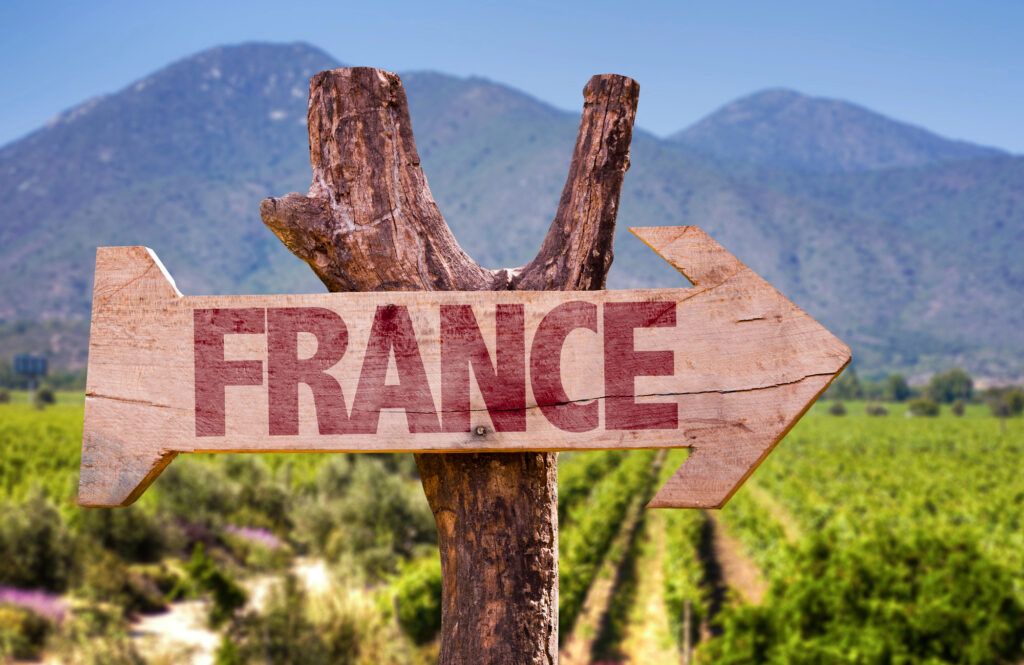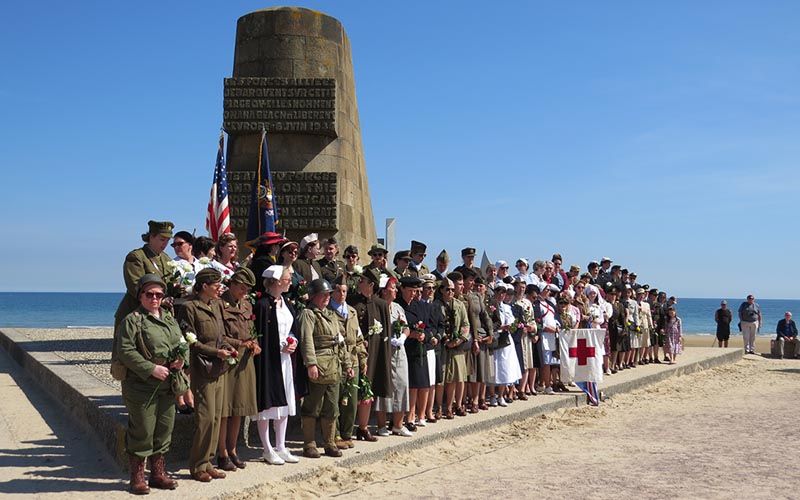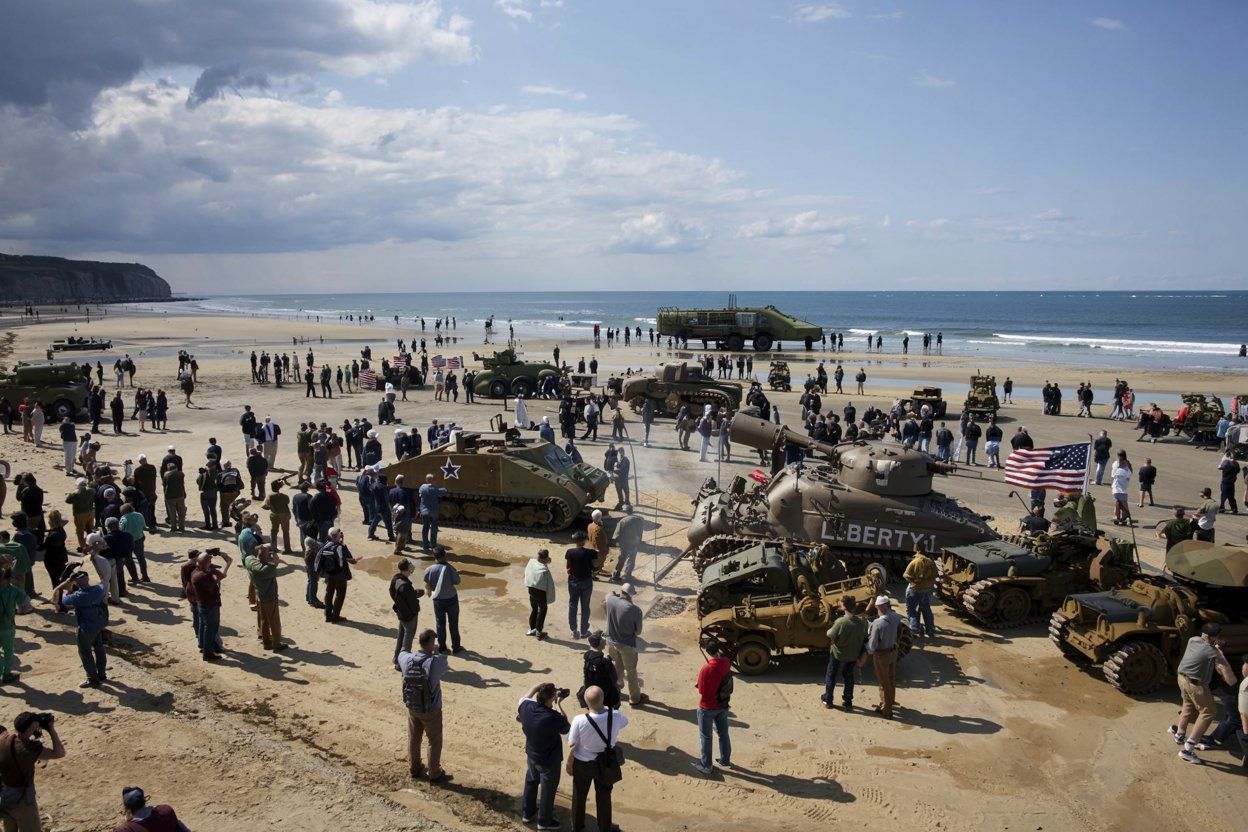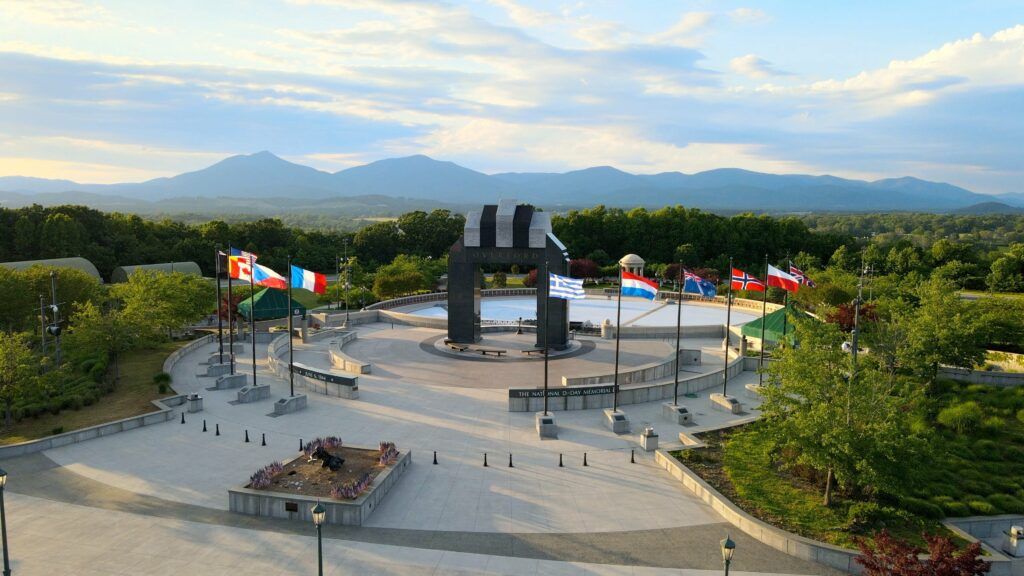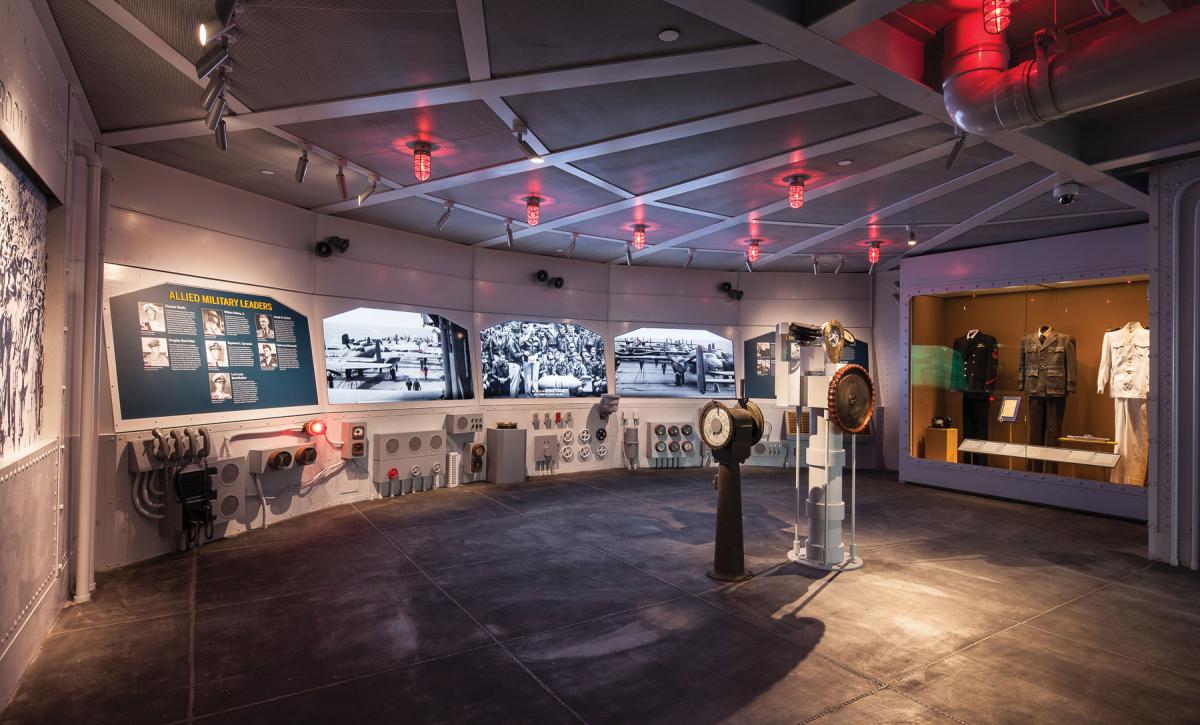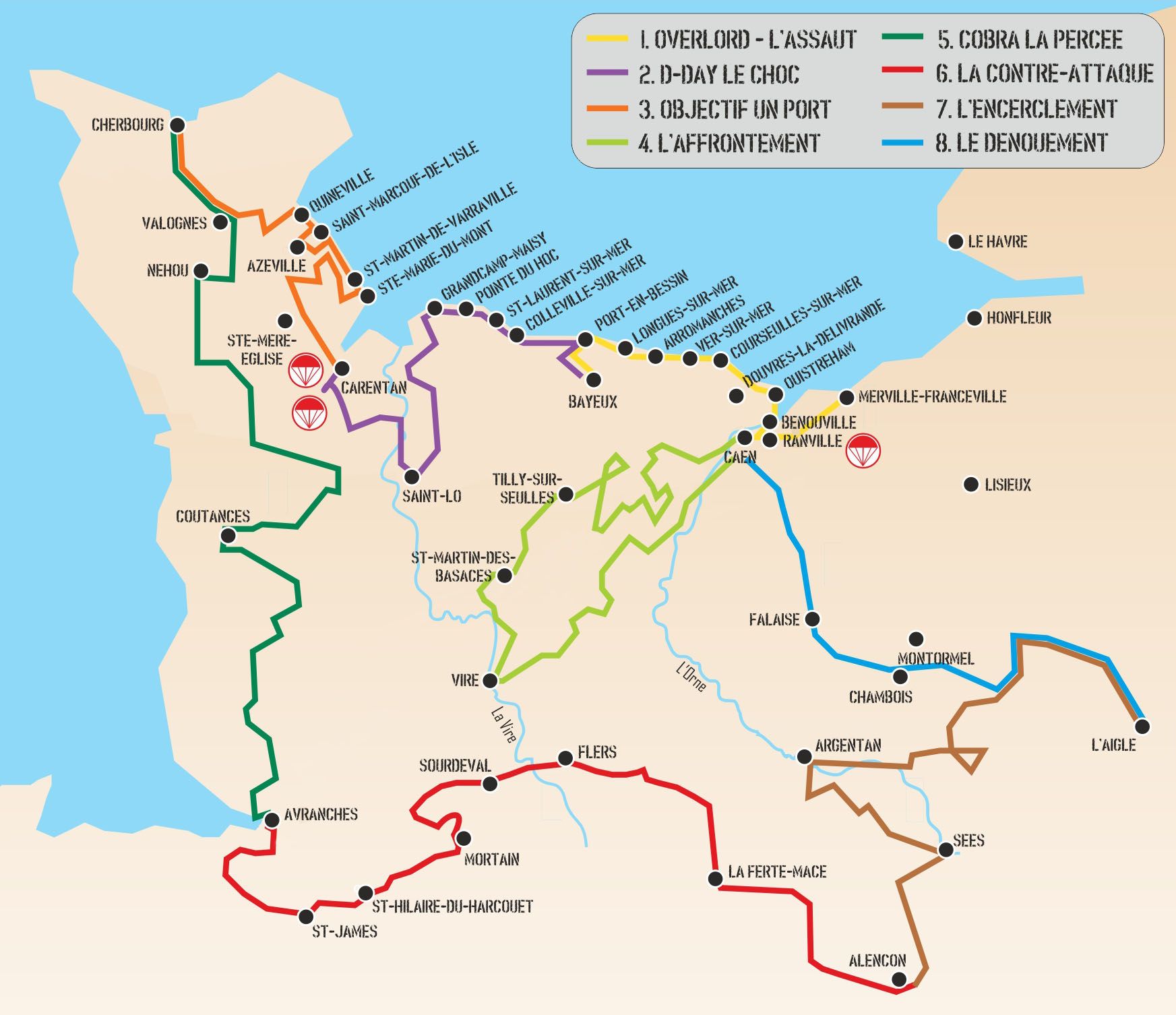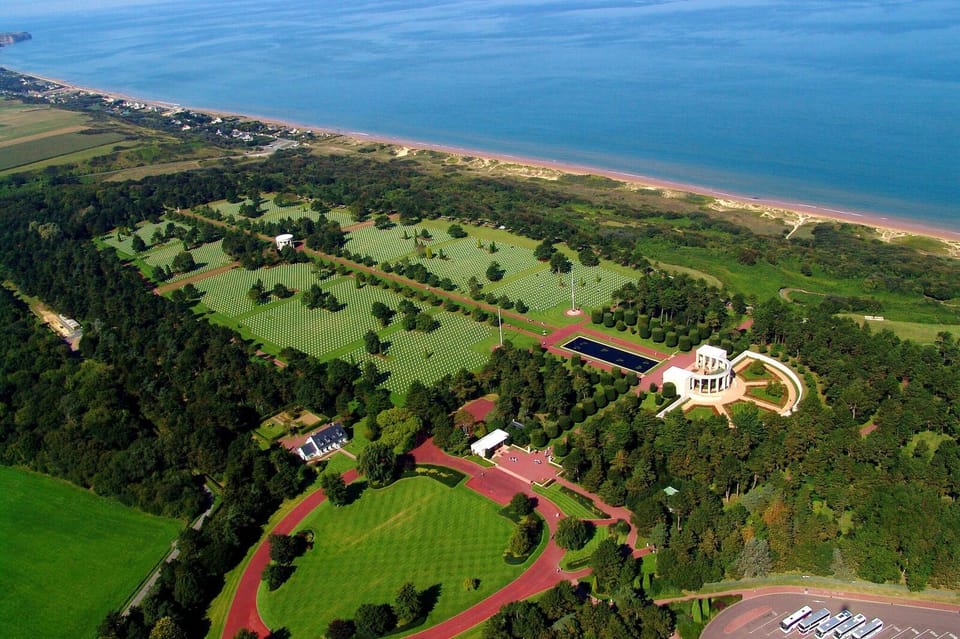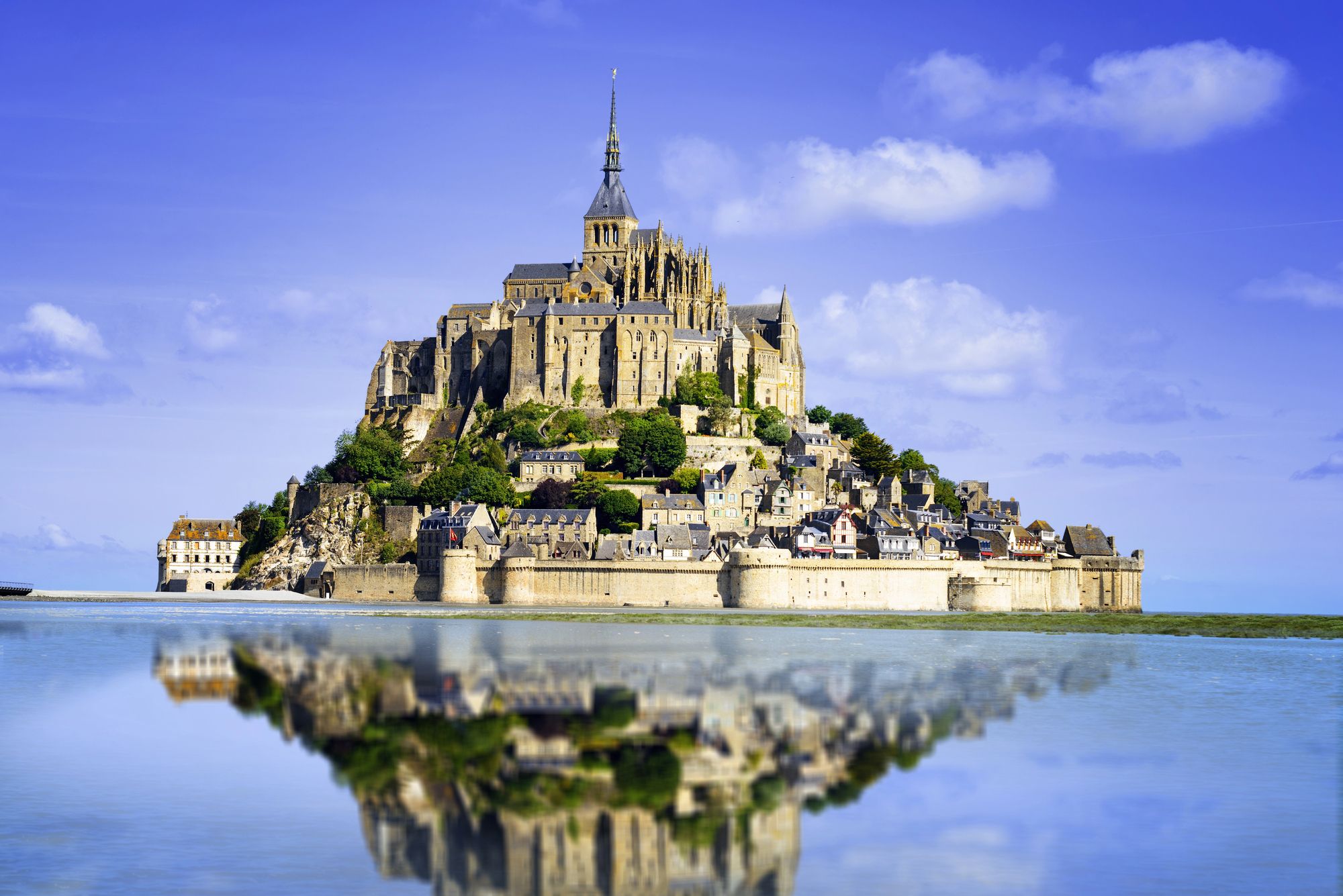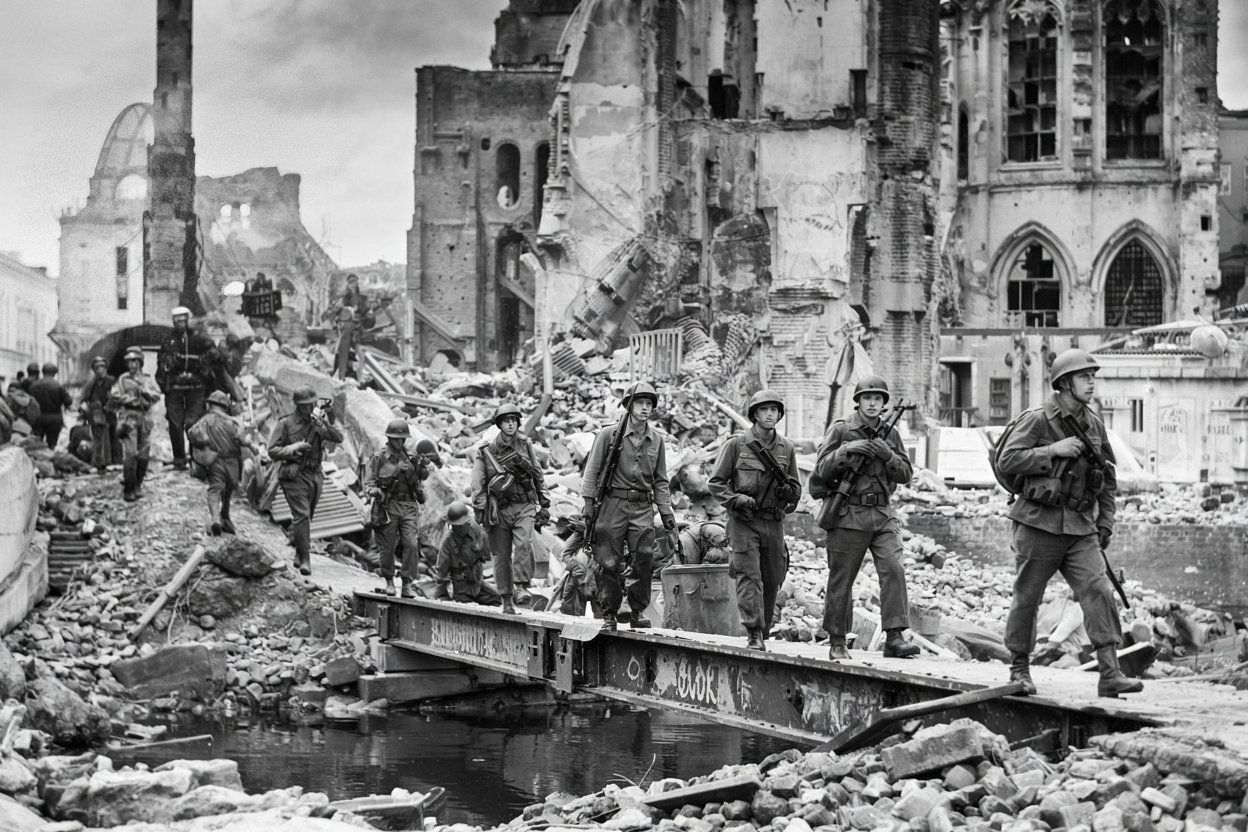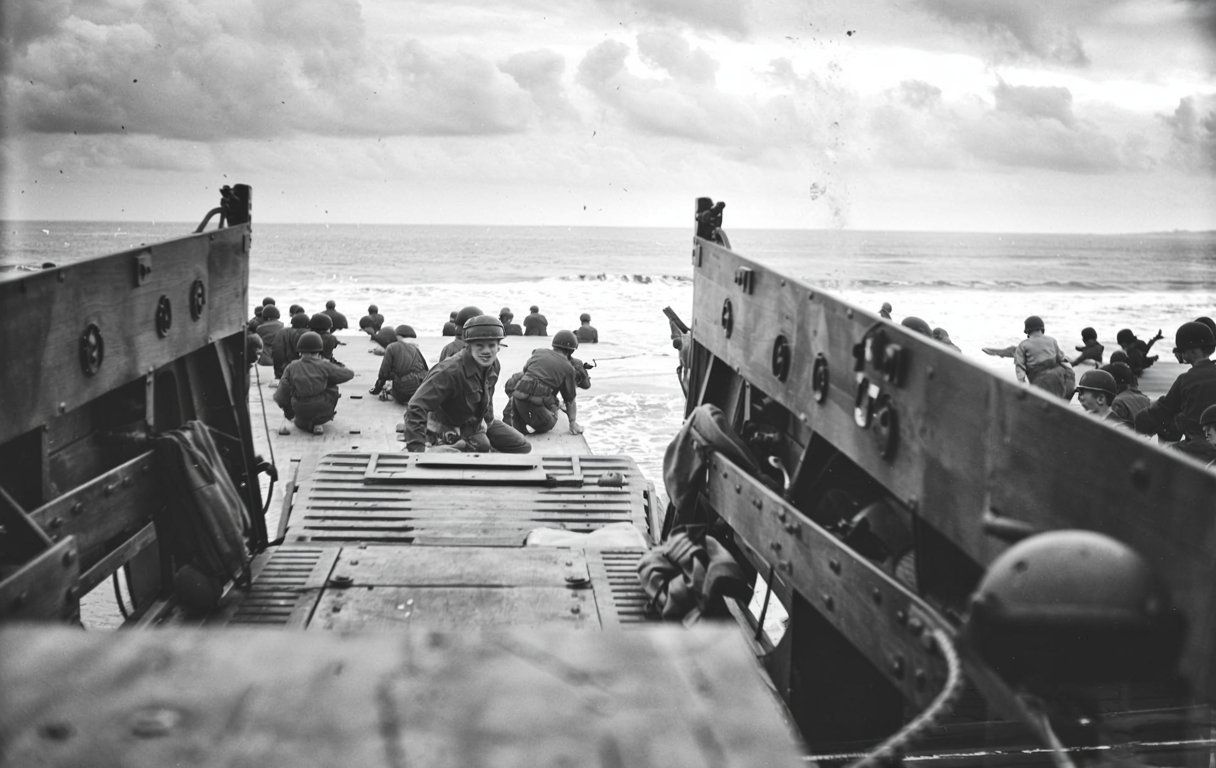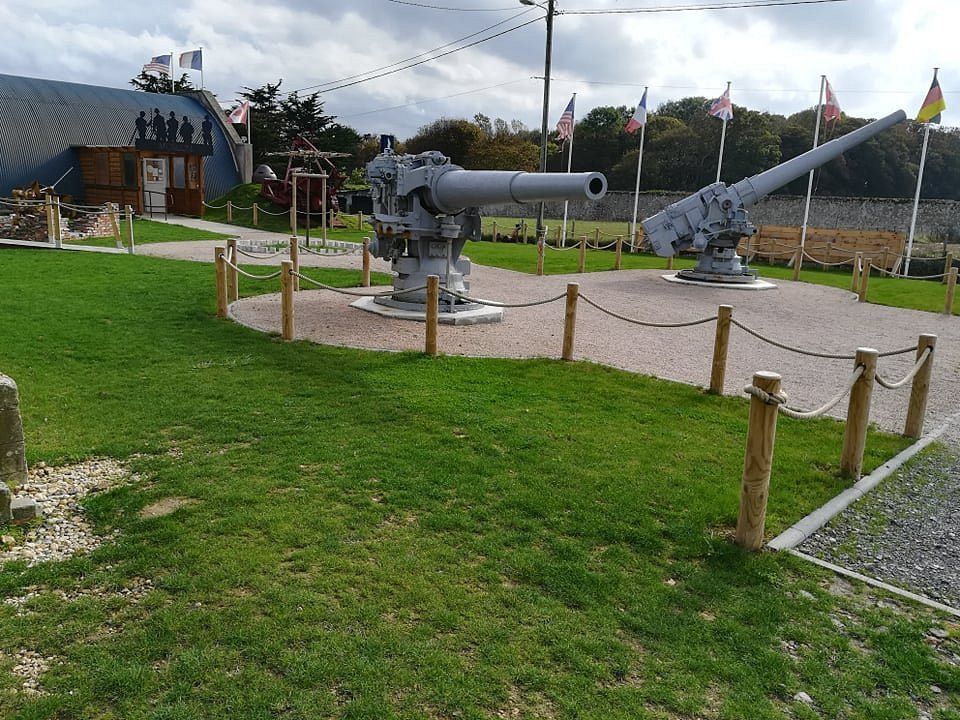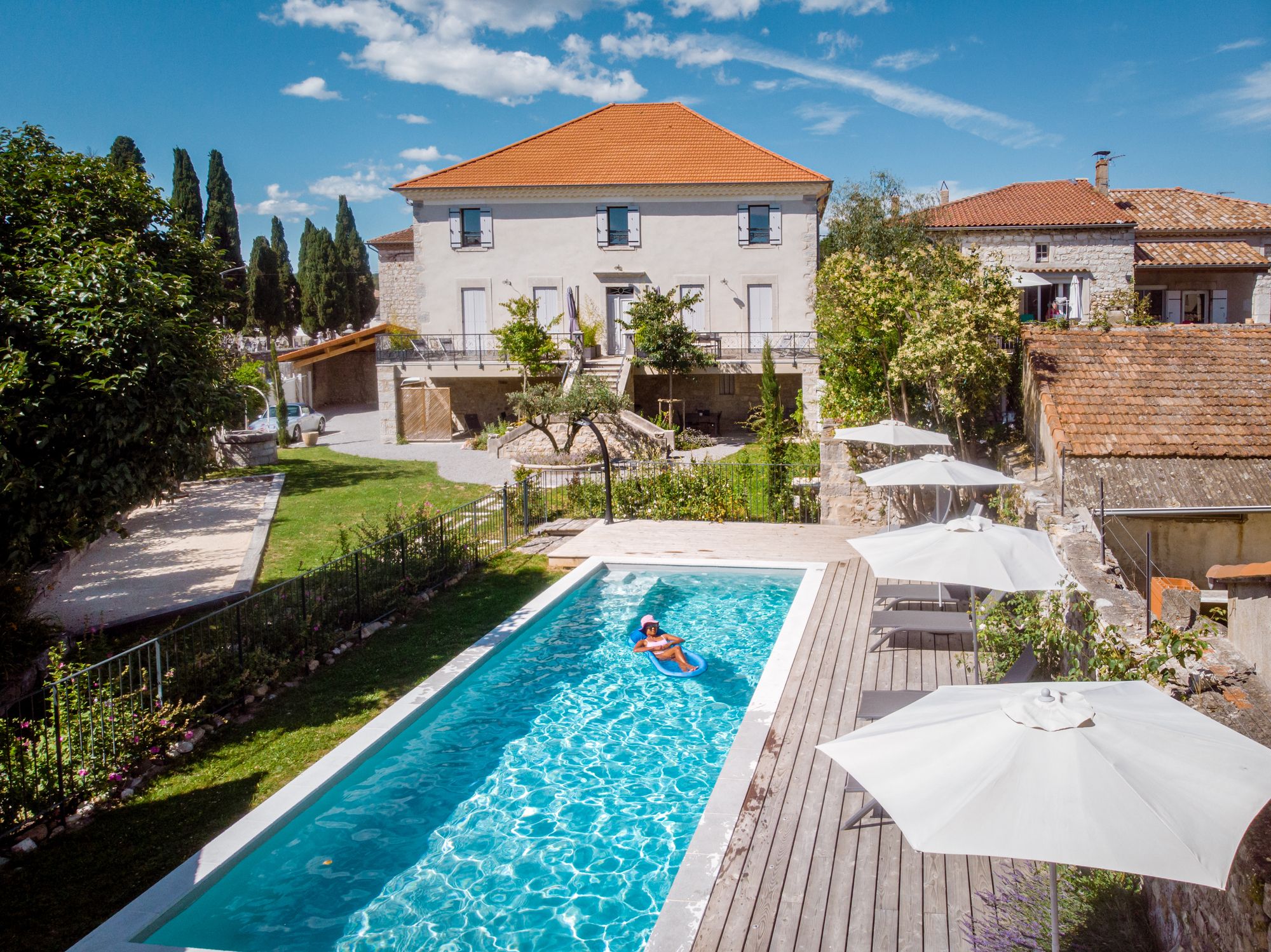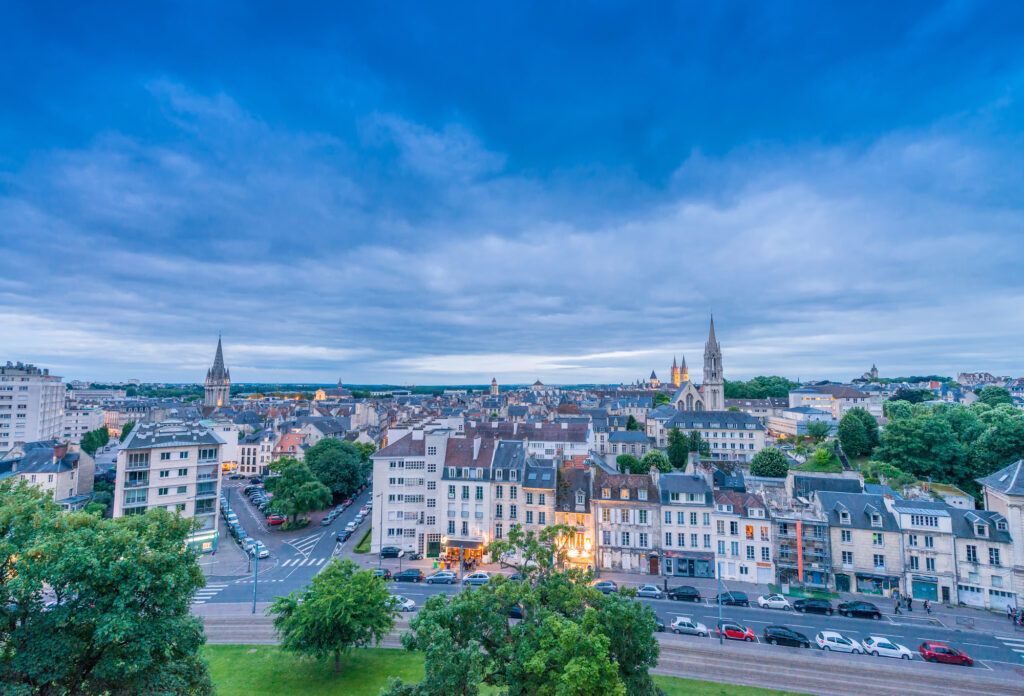Caen’s got that rare blend of medieval grit, WWII echoes, and the pulse of everyday French life. You’ll wander from ancient stone walls to lively modern spaces in minutes, so each day feels like a mashup of old and new. This week, you can dive into Caen’s landmarks, museums, gardens, and events that really give the city its character.
It’s not just about ticking off monuments—you’ll actually walk where history happened, find green pockets right downtown, and see how locals keep traditions alive in markets and venues. Here are ten things that’ll give you context and variety, so you can get the best out of Caen this October.
1) Visit the Château de Caen, a historic medieval fortress.
Right in the center, the Château de Caen rises up—William the Conqueror built it back in the 11th century. It’s one of Europe’s biggest medieval fortresses, and those thick stone walls still outline much of what stood centuries ago. You’re literally walking through nearly a thousand years of history.
Inside, you’ll find the old castle ruins, the ramparts, and two museums. The Musée de Normandie digs into regional stories, while the Musée des Beaux-Arts brings together European paintings. It’s a pretty convenient way to get both local and broader culture in one shot.
Climb the ramparts for wide views over Caen’s rooftops and the modern city below. The contrast between the fortress and the rebuilt post-war streets really hits home—Caen’s had to reinvent itself more than once.
Just a heads-up: paths can be uneven and the ramparts get steep. Museums are accessible, but not every part of the fortress is. Planning ahead will help you get the most from your time at Château de Caen.
2) Explore the Memorial de Caen museum for WWII history
The Mémorial de Caen sits on what used to be a German command post during the Battle of Normandy. Since opening in 1988, it’s become one of France’s top places for understanding WWII.
Inside, exhibits walk you through the war’s causes, D-Day, and the long Battle of Normandy. The timeline layout actually makes things easier to follow. There’s also a section on the Cold War, so you get a bigger historical sweep.
You can head down to underground bunkers once used by the German 716th Infantry Division. Standing in those restored rooms, you get a sense of the military presence that shaped this place.
Temporary exhibits keep things fresh—like the 2025 spotlight on Varian Fry’s rescue work during Nazi occupation, highlighted at the Caen Memorial. So, even if you’ve been before, there’s usually something new.
If you’re coming in summer, expect lines. Buying tickets online saves you time and frustration.
3) Stroll through the Jardin des Plantes botanical garden
The Jardin des Plantes is right in the heart of Caen, perfect for a break during your city wanderings. It’s been around since the 1700s and now pulls double duty as a public park and a scientific garden. No entry fee, so you can just drop in whenever.
You’ll find areas dedicated to Norman plants, plus sections showing off species from other climates. There’s a tropical greenhouse (always a hit on rainy days), and a medicinal plant section that nods to traditional remedies. The layout’s compact, so it’s more about relaxed strolls than long hikes.
The garden also acts as a teaching spot for the University of Caen, so you’ll see labeled plants and maybe a research plot or two. It’s got a more educational vibe than your average park, but never feels stuffy. Families come by, but it rarely gets packed.
If you’re after some quiet, look for benches tucked in the shade away from the main paths. It’s a good spot to catch your breath before diving back into Caen’s busier sights. Check out more on the Jardin des Plantes in Caen.
4) Discover contemporary art at Le 106 cultural center
Le 106 is where you’ll find a lively mix of contemporary art—rotating exhibitions, multimedia events, and a focus on both regional and international artists. You get a real feel for what’s current, with plenty of variety.
The building’s got that modern, open design, so it’s easy to wander through. Expect installations, photography, and mixed media that invite you to get up close and maybe even interact.
They also run workshops and talks if you want to dig deeper into the creative process. But honestly, you can just stick to the galleries if you’re after a more low-key visit.
It’s easy to reach by public transport and sits close to Caen’s historic center, so you can pair your visit with nearby sites like the Abbaye aux Hommes or the castle.
Entry’s usually free or pretty cheap, which is great if you want to dip into art without a big commitment. Just check ahead—exhibitions change often and you don’t want to show up in between shows.
5) Attend a live concert at the Vox theater
Grab a ticket for an evening at the Vox theater, right in central Caen. Its size means you’re never far from the stage, and it’s a quick walk from the historic district if you’re staying nearby. The lineup mixes touring acts with local bands.
It’s smaller than the Zénith, so the vibe’s more intimate. Seating’s limited, and the standing area can get packed for popular gigs. Want a good spot? Arrive early.
October brings a mix—rock, pop, jazz, and sometimes a surprise or two. Check out Songkick’s Caen concert guide to see what’s on.
Facilities are basic—solid sound, but don’t expect flashy stage effects. If you prefer a straightforward live music experience, this place works.
The Vox’s location makes it easy to roll into a café or bar after the show. You get a genuine taste of Caen’s nightlife without wandering far.
6) Shop at the Caen market for local produce and crafts
Sunday mornings at Place Saint-Sauveur mean market time—farmers, bakers, cheesemakers, all selling straight to you. You’ll spot seasonal veggies, fresh bread, and regional treats like cider and calvados.
Smaller neighborhood markets pop up during the week. The Boulevard Leroy market has food and household stuff, while the Tuesday market on Rue de Bayeux is great for local producers. It’s easy to fit a visit in, no matter your schedule.
The big one, the Marché Dominical de Caen, draws about 250 traders. You can pick up groceries, artisan goods, or grab hot dishes like roast chicken or paella.
It gets crowded, especially late morning. Show up early to beat the rush. Bring cash (not everyone takes cards) and a bag for your finds.
7) Tour the Abbaye aux Hommes, an architectural landmark
Step inside the Abbaye aux Hommes, one of Caen’s most impressive landmarks, founded by William the Conqueror in the 11th century. His tomb’s here, too, so it’s a must for anyone into medieval history.
The church of Saint-Étienne shows off classic Norman Romanesque style—big, balanced, and surprisingly bright inside. Wander the cloister and old monastic halls to get a sense of what daily life was like for Benedictine monks.
During WWII, the abbey sheltered civilians during Allied bombings. Walking those halls, you really feel the layers of history—medieval stone, wartime survival, and now, a working town hall.
Guided tours cover the cloister, Guard Room, and how the abbey still fits into city life. Or, if you like to go at your own pace, try a self-guided visit. Either way, you’ll get a strong sense of the place.
8) Relax in the Parc Michel d’Ornano urban park.
Parc Michel d’Ornano sits next to the Abbaye aux Dames, tying in a bit of history with your greenery. Opened in 1992, it covers about five hectares, and its formal French style borrows from Le Nôtre’s classic layouts.
Paths wind through open lawns, tree-lined walks, and neat garden beds. There’s a Lebanon cedar from 1849—pretty impressive—and from some spots you catch nice city views.
The vibe’s mellow, much calmer than downtown. You can sit, stroll, or watch kids at the small play area. It’s not huge, so think of it as a quick break, not a full-day escape.
Its location makes it easy to pair with a tour of the Abbaye aux Dames. If you want a mix of history and outdoor space, it’s a solid pick. Find more info on the Parc Michel d’Ornano.
9) Visit the Musée des Beaux-Arts for classic and modern art.
The Musée des Beaux-Arts sits inside Caen Castle, which gives the art an extra punch of atmosphere. The setting itself connects you right back to the city’s medieval roots.
The collection stretches from the 15th century up to now—paintings, drawings, prints, and photos. You’ll see European masters alongside modern works, so there’s always something to catch your eye.
Temporary exhibitions rotate several times a year. In 2025, The Never Ending Horizon wraps up on October 5, so this week’s visit will focus on the permanent galleries and whatever new displays are opening. You’ll find details on the official museum website.
It’s usually quiet inside, a nice break from the city’s buzz. The layout’s simple, but English signage can be sparse, so give yourself extra time if you want to dig into the details.
The museum also has one of France’s top print collections, shown on a rotating basis. For more on what to expect, take a look at Tripadvisor reviews of the Musée des Beaux-Arts de Caen.
10) Enjoy a boat ride on the Orne River
Exploring Caen from the water has a certain charm you just don’t get on foot. Take a boat ride along the Orne River and you’ll drift past both the city’s modern edges and its older, industrial spots. The route heads toward the canal leading to Colombelles, so you get this shifting view of Caen that’s hard to match from the streets.
Some tours even stretch all the way to the coast—yeah, you can actually reach the D-Day landing beaches by boat. There’s something about seeing the coastline from the water that really drives home the geography behind the Normandy landings. It’s a different perspective, and honestly, it adds a layer to the museums and memorials nearby.
If you’re after something more low-key, renting electric boats on the canal is a solid option. These little boats putter along at a gentle pace, so families or anyone wanting to steer their own course can relax without a guide hovering nearby.
Boat tours come in all shapes—some are quick, under an hour, others might add commentary about Caen’s maritime heritage. Schedules can be a bit unpredictable, especially outside summer, so it’s worth checking ahead.
The river’s vibe is just calmer than the city’s busy streets. You get a real sense of how Caen blends its modern life with layers of wartime and industrial history, all without weaving through crowds.
Essential Tips for Enjoying Caen in October
Visiting Caen in October? The city slows down—cooler air, shorter days, and a noticeable dip in tourist numbers. You’ll want to stay flexible and keep an eye on the weather, local habits, and how you get around.
Weather and What to Wear
October here is a bit of a wildcard. Most days hover between 10°C and 16°C (50°F to 61°F), but evenings can sneak down to 7°C (44°F). Rain pops up often, so if you forget a waterproof jacket, you’ll probably regret it.
Layering is key. A sweater and a medium jacket should cover you for most walks, but a scarf and gloves come in handy once the sun dips. Shoes with good grip are a must—those old cobblestones can get slick fast.
You’ll notice the sun setting earlier as the month goes on—around 7:15 p.m. at first, then before 7 p.m. by mid-October. A compact umbrella and a backpack for extra layers make life easier if the weather flips.
Getting Around the City
Caen’s center is pretty walkable, though some sidewalks near the historic spots are uneven. The tram system is straightforward: three main lines crisscross the city, linking the train station, university, and most neighborhoods. One ticket works for trams and buses, so you don’t have to overthink transfers.
Buy tickets or passes from machines at the stops. Inspectors do check, so always validate your ride. If you expect to hop around a lot in a day, a pass usually saves money.
For trips beyond Caen, trains from Gare de Caen head to Bayeux, Rouen, even Paris. Renting a car can be handy for reaching D-Day beaches or countryside spots, but be warned—traffic in the center crawls, and parking is tricky.
Cultural Etiquette and Local Customs
People in Caen value a polite “Bonjour” when you walk into shops, cafés, or museums. If you skip it, you’ll probably get a chilly vibe. In restaurants, wait for staff to seat you, and while tipping isn’t required, rounding up is a nice gesture.
Shops often shut down for lunch from 12:30 to 2:00 p.m., and many smaller places close on Sundays. Plan your errands and meals around these hours—bigger supermarkets and chains might stay open, but don’t count on it everywhere.
Food’s a big deal here. Expect menus packed with cider, cheese, and all sorts of apple desserts. If you want to show some respect for the region, try the local stuff. People take their time with meals, and it’s rare to rush or ask for lots of changes to your order.
How to Make the Most of Your Week in Caen
You’ll get way more out of Caen if you mix the big landmarks with time spent just wandering local neighborhoods. Honestly, how you plan your days and where you eat probably shapes your trip more than any checklist of “must-sees.”
Planning Your Itinerary
It’s smart to sketch out a loose plan for the week. Caen’s got some heavy hitters: Mémorial de Caen Museum, the Château de Caen, and the Abbaye aux Hommes. These deserve time, so don’t try to cram them all into one day.
Grouping by location helps. The castle and abbey are close, so you can tackle both in an afternoon. The museum—well, that’s a half-day at least, with all its World War II and peace exhibits.
Definitely carve out a day for nearby trips. The D-Day beaches and Pegasus Bridge are easy to reach and really fill in the story of Caen’s wartime past. If you need ideas, check this list of top things to do in Caen.
Leave some wiggle room. The best moments might come from stumbling into a local market, a quiet church, or a hidden park. Flexibility helps you roll with weather surprises or unexpected closures. Isn’t that part of the fun?
Recommended Local Dining Experiences
Food in Caen really channels Normandy’s traditions. Menus often feature Camembert cheese, cider, and seafood—oysters and mussels pop up everywhere. Sampling these dishes gives you a taste of the region’s agricultural and coastal roots, and honestly, it’s hard not to appreciate that.
For a quick lunch, crêperies around the city center are a solid bet. They whip up both savory galettes and sweet crêpes, and the prices won’t make you wince. In the evenings, regional specialties like tripe à la mode de Caen take center stage. I’ll admit, that one’s got a bold flavor—not for everyone, but maybe you’ll be surprised.
If you’re after a more laid-back vibe, try the smaller bistros near the marina. They tend to serve fresh fish and daily specials that won’t break the bank. Curious about more places to eat or things to see? This guide to the best things to do in Caen covers a lot of ground.
Want to slip into local life for a bit? Head to the Sunday market at Place Saint-Sauveur. There, you can grab cheeses, cider, and baked treats straight from the people who make them. It’s perfect if you’re into casual meals or want to throw together a picnic before wandering the city.

